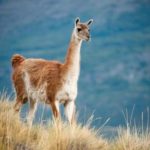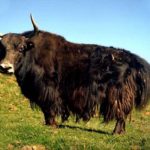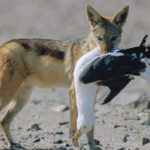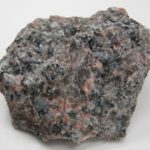Mountain animals
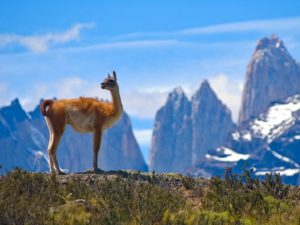 The third land honor, nearly 50 million square kilometers, is occupied by mountains on earth. The conditions in the mountains differ significantly from the plains: it is much colder, more rainfall, long winters, often winds blow, discharged air and little vegetation. The main feature of the mountains is low pressure and a lack of oxygen in the air, which is a very serious obstacle to the living creatures.
The third land honor, nearly 50 million square kilometers, is occupied by mountains on earth. The conditions in the mountains differ significantly from the plains: it is much colder, more rainfall, long winters, often winds blow, discharged air and little vegetation. The main feature of the mountains is low pressure and a lack of oxygen in the air, which is a very serious obstacle to the living creatures.
Starting from 4 thousand meters above sea level, most living things, including humans, feel the so-called oxygen starvation. A living organism devoid of enough oxygen cannot withstand normal stresses, and in some cases can lead to death.
And yet, these places are by no means lifeless. In these extreme conditions, life did not stop, and a rather large number of animals and birds living in the mountains adapted to these conditions.
On different continents in the mountains are peculiar. So in South America in the Andes at an altitude of more than 4,000 meters live llamas, alpaca, guanaco, vicuna. These are peculiar relatives of camels known to us. They have the same long legs and neck, but only there are no humps, and they are smaller in size.
In the mountains of Europe, Asia and America, several species of mountain goats and tours live. These are wild animals and are mainly hunting species, now certainly not commercial, but purely amateur. Mountain goat is considered an honorary hunting trophy among most hunters.
In the mountains of Europe and Asia, you can see snow leopards, beautiful and fast big cats, who, being predatory, find their prey in the mountains. Because of its beautiful fur, the snow leopard has been a hunted prey for many years. Now this animal is on the verge of extinction, is listed in the Red Book.
In the mountains of Tibet and the Pamirs, another amazing species of mountain animals lives – Tibetan yaks. These huge buffalo-like animals, covered with long fur, generally prefer to live only in mountainous areas. Their body is so different from flat animals that they are not able to survive at a lower altitude.
Large lungs and heart, as well as a special composition of blood with increased hemoglobin, provide oxygen to the body of the yak in case of deficiency in the air. A thick layer of subcutaneous fat and the absence of sweat glands provide him with the ability to tolerate low temperatures, but at the same time create overheating of the body at temperatures above 15 ° C. In familiar conditions, yaks are much more enduring than ordinary bulls, and females, in comparison with cows, give more milk with increased fat content.
Features of mountain animals and their endurance people noticed a very long time. One of the first people to domesticate a wild goat and began to receive fluff and milk from it. A few millennia ago, Indians living in the South American Andes tamed llamas and used them as pack animals. Alpaca and vicuna were bred in order to obtain excellent fur, mainly exported, guanaco are mostly semi-wild and serve as a source of meat and wool for the local population.
Residents of Tibet and Pamir domesticated yaks and began to use them as pack animals, as well as for meat, milk and wool. In order to give the yak special qualities to domestic cattle, the yaks were crossed with Mongolian cows and received a hybrid, the so-called Hainaks, who have the calm disposition of an ordinary cow and the stamina and productivity of the Tibetan yak. Hainaki can live in flat conditions, so they began to breed in Russia, in Buryatia and in Tuva.







